Olympus OM-D E-M5 User Report
By Floyd K. Takeuchi
There’s a rush for the exits to buy the new (and appealing) Olympus OM-D E-M1. But for some of us, there’s still more to learn about the capabilities of the OM-D E-M5.
I’m a professional documentary-travel photographer who was late to the digital party. It wasn’t until 2009 that I made the move from a Nikon F100 to the D700, which still soldiers on for me. A camera bag full of Nikkors made that decision easy, but so too did my high comfort level with Nikon ergonomics. My first Nikon SLR was a Nikkormat purchased in the early 1970s, so the transition to the D700 was a natural one for me.
Adding the E-M5 to my camera bag wasn’t as easy a move. I initially bought the body to use 1950s Zeiss Contax rangefinder lenses (with an adapter) that don’t get much of a workout these days. But I quickly discovered that while the output was beautiful, the process of manually focusing on an EVF didn’t suit me. So the decision was made to add the Olympus 17 mm f/1.8 M Zuiko and the Panasonic/Leica 25 mm f/1.4 Asph. DG Summilux. And I added the grip, which is the only way I could comfortably hold the camera.
The biggest challenge to adding the Olympus kit was fitting it into my post-production workflow. I use DxO as my RAW processor, and had to wait until both the camera body and lenses were supported by DxO. In fact, the biggest challenge to my using the E-M5 more is the hassles of having a separate RAW format to download – using Nikon’s ViewNX is second nature to me, using the comparable Olympus program is not. I’ve had to resort to YouTube videos on more than once occasion to remember how to use the program.
That said, I’ve been happy with the quality of the files produced by the E-M5 with the Olympus and Panasonic lenses. They are easy to post-process and hold up extremely well as prints (the largest I’ve had printed so far have been 16 x 20s), which is the critical test for me, as most of my work is done for use in either books or exhibitions. The only challenge I’m still dealing with is handling extremely high contrast scenes, since I’m finding that I have a tendency to blow out highlights. This is an issue for me since I do nearly all of my shooting in the tropics, either in Hawaii or closer to the equator in the Micronesia region, where high contrast light is a way of life.
If forum posts are to be believed, like many new users of the E-M5, I found it a real challenge to navigate the Olympus menu system. My solution was to have a quick-print shop print and bind the camera’s PDF manual, and spend about a couple of hours going through it page by page. Then, once I had a better understanding of what the camera could do, simplify things by only worrying about a few software features – ISO, RAW capture, and setting a dial to control EV. I shoot in aperture priority 99 percent of the time, and usually don’t fiddle with the other settings.
What I really like about the E-M5: the light weight makes a huge difference on travel assignments, and I can use a lighter-weight tripod when I need one; the prime lenses I’m using are outstanding, the results are easily comparable to the Nikkors I’m used to using and much smaller and lighter; the files are gorgeous and easy to work with in post-processing.
What I still find frustrating about the E-M5: I’ve come to the conclusion that I prefer an optical viewfinder and am still adjusting to an EVF (albeit a high quality one); and, when I do have to go into the menu, it can be a slow process.
I’ve used the camera for project and personal work in Hawaii, the islands of Pohnpei and Chuuk in the Federated States of Micronesia, and in Japan. It has only failed me once in the year-plus that I’ve owned the kit. That was on the island of Pohpnei, while shooting the ancient ruins of Nan Madol, a huge Venice-like city of homes and temples built of huge basaltic rock logs on a mangrove swamp. I’ve taken photographs there – film and digital – since 1976 and never had a problem shooting in the area.
The night before going into the Nan Madol area, I had dinner with a friend who has lived been on Ponpei for four decades. She told me and another friend about how her grandchildren had just taken an iPad into the complex, and when they got home and looked at their photos, they saw faces in the rocks. Our friend said she looked and also saw the faces. A few days later, after the grandkids posted the photos to Facebook, our friend went online to show others the faces in the rocks, and discovered that some of the faces had disappeared.
I didn’t find any faces in my photos, but after hiking through the ruins for an hour, as we were walking back to the main island, I decided to get a final few snaps of how the mangrove was overtaking ruins. That’s when I discovered that my camera had died – it wouldn’t take a photograph. I was using two fresh batteries, one in the grip and one in the camera. Both had been recharged the night before. And I had taken few than 50 photos at Nan Madol.
When we got back to our car, I loaded a new battery into the grip. The camera worked fine.
The author is a writer-photographer based in Hawaii. He is a member of the Waka Photos agency.
Hawaii01: Pualani Armstrong, Hawaii.
–
Hawaii02: Ka Iwi coastline, Oahu, Hawaii.
–
Hawaii03: Ka Iwi coastline, Oahu, Hawaii.
Japan01: Shidome district, Tokyo, Japan.
Kita-Kamakura, Japan.
–
Priest, Kita-Kamakura, Japan.
–
Kamakura, Japan.
–
Kamakura, Japan.
–
Kepirohi Falls, Pohnpei, Federated States of Micronesia.

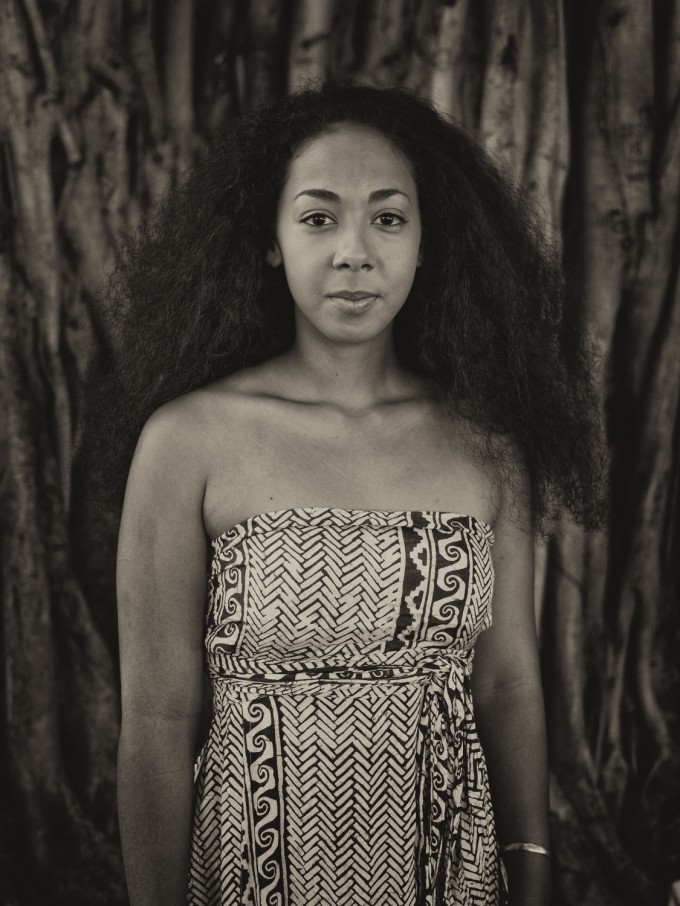
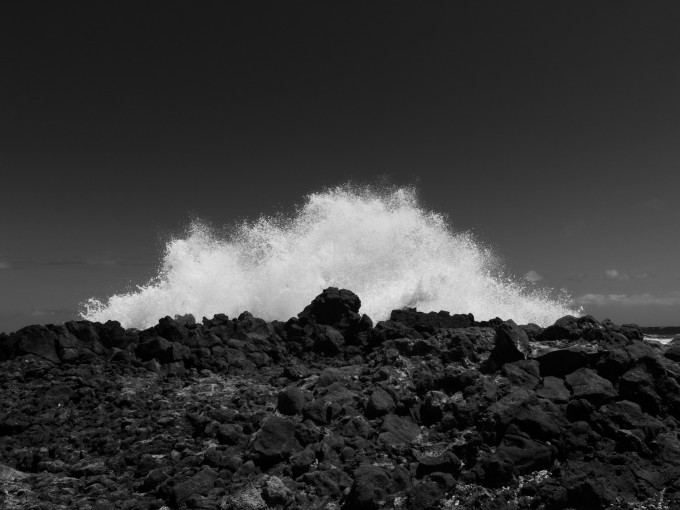
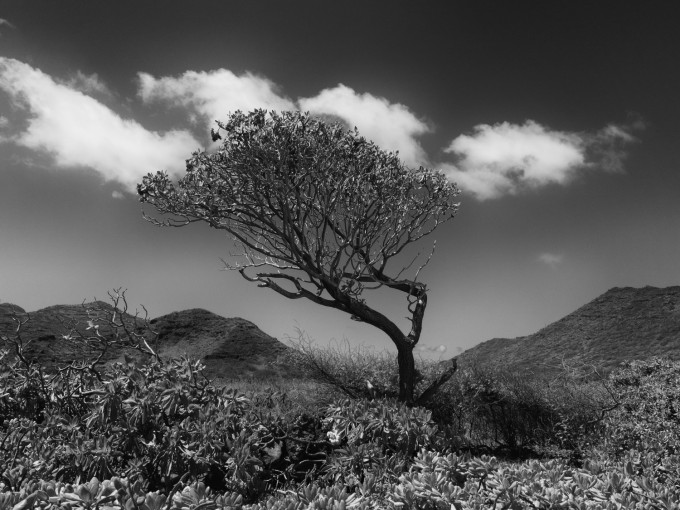
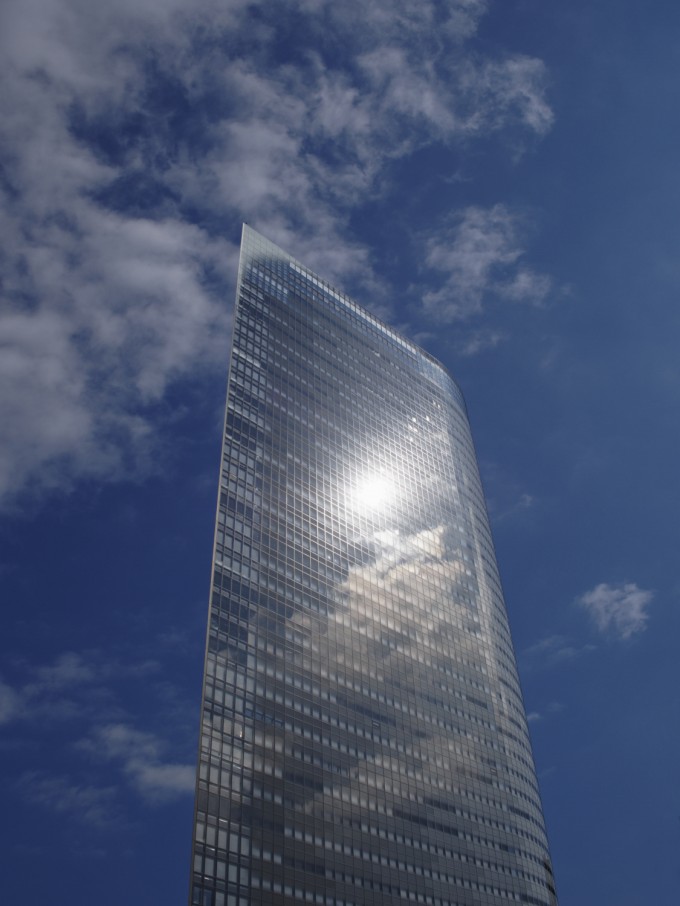
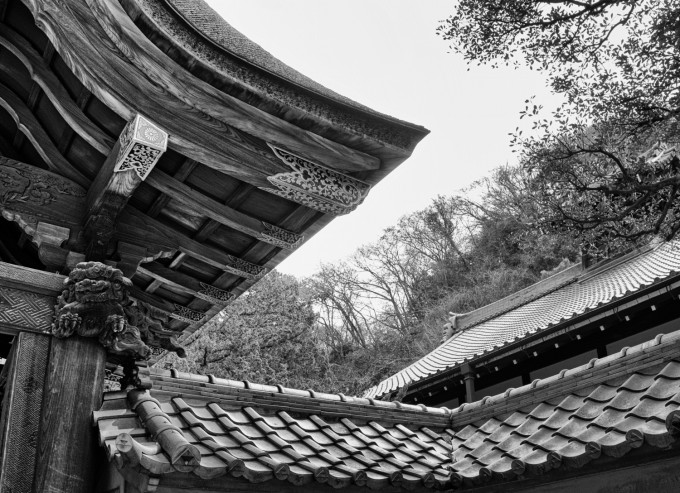
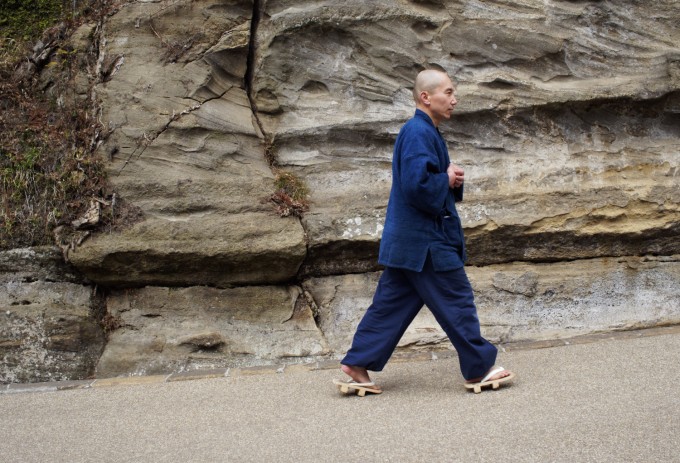
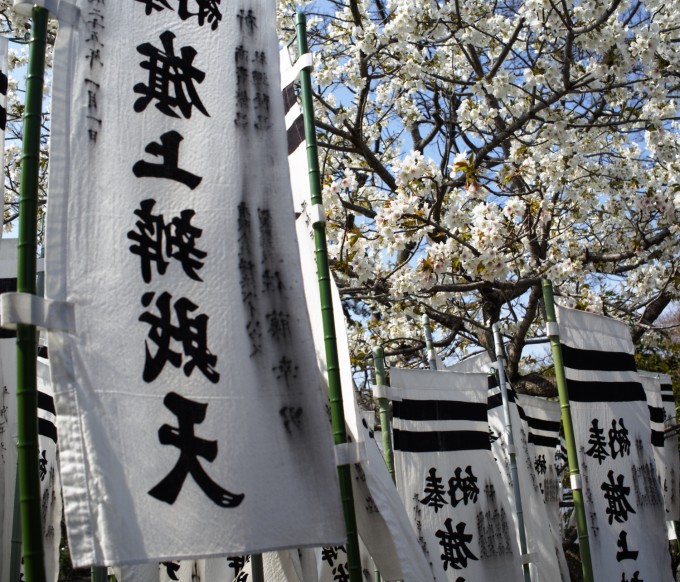
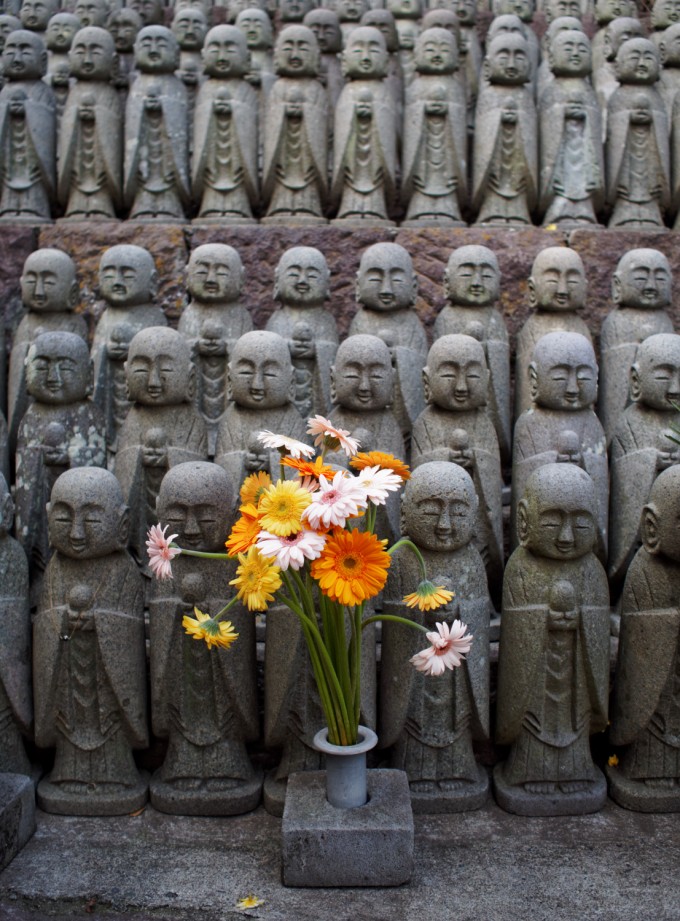
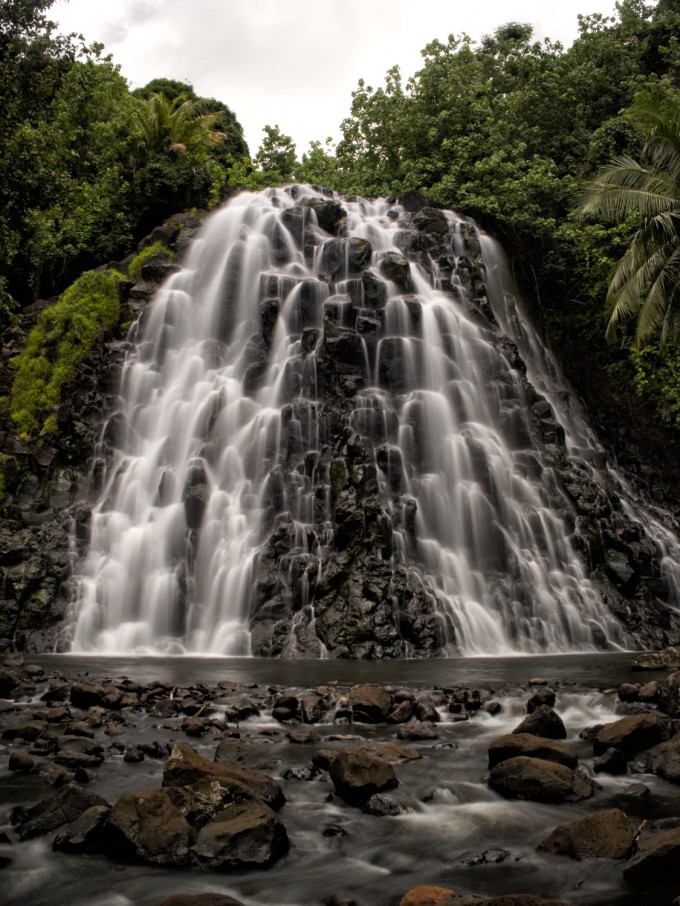


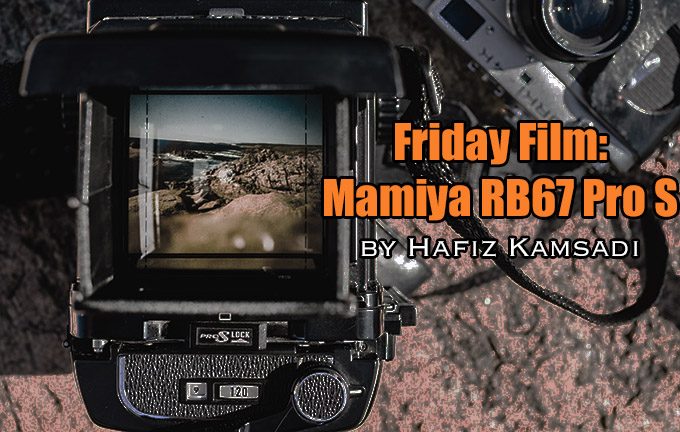
Thanks for the article, I enjoyed it and your images very much.
I have a D700 and think about replacing it with a em-10. I lent a em-10 for a day and liked the shooting experience very much. One thing I like better on the D700 is that with a single press of a button you can review the last shot image zoomed way in on the used focus point. With the em-10 you can’t zoom on the review image (or at least I couldn’t find out how). You have to press the replay button and then zoom with the zoom dial. Or did I miss something?
Nick.
In the UK the EM-5 came with a printed manual as well. But the PDF on iPad or iPhone works too, plus you can use iBooks to read the PDF files.
I liked the EM-5, but I didn’t love it. I swapped to the EP-5 and prefer it, the menu system is better and I find it easier to hold despite having giant paws. That the EM seemed to need the extra grip, negates the point of having a smaller lighter camera to me.
Overall, a great system and the EP is a real looker!
Eric: Well put! If I had only one system, it would be my Nikon full-frame kit. But for personal work or travel, the E-M5 is a terrific option.
Hi Floyd,
Good review! Appreciate your frank comments. How would you compare the EM5 to the D700?
I have a D700 and am considering mirror less to cut down on the weight. Some have claimed the Oly is almost as good, with the exception of depth of field and a stop.
How is the highlight control compared to d700?
Tks!
It ain’t all specs. It’s what feels and looks right to you. I have many other cameras and I use the Oly’s for everything fun. File size is great for Diglloyd and Luminous Landscape. But to most of us it’s a nuisance. The workflow explodes and the cameras are invariably larger. Is that something you enjoy? If so don’t bother with micro4/3rds for another couple of years…
Have fun.
Eric: I think the answer to your question depends on what kind of photography you do. In my case — making a living doing photography — cameras are tools. The writeup summarizes my likes/dislikes of the E-M5, but I’ll also give you a real world example of when I took both the D700 and the E-M5 on an assignment.
I recently completed a commission — the owners of a new boutique hotel in Chuuk, in the Federated States of Micronesia, hired me to develop a portfolio of photos of the islands to hang in their hotel. I was there for eight days and shot mostly landscapes that included the stunning lagoon. Knowing that the output would be big prints, I ended up using the D700 almost exclusively. The smallest prints were going to be 16″ x 20″, the largest (for the main lobby) was 96″ x 56″. The photos were printed on canvas and shipped to the hotel, where the project’s finish carpenter built the stretch frames. (The prints came out great, by the way.)
I felt sure the D700 files, if I nailed it, could be printed really large. I wasn’t as sure about the files from the E-M5, particularly the 24″ x 36″ prints, which were for hotel rooms. Now, the decision was partly determined by my experience and the much larger lens kit that I have for the D700. But, to specifically answer your question, I was much more comfortable handling high contrast situations with the D700 (again, mostly experience) than the E-M5. And I did most of the shooting in high-contrast lighting.
That said, when using the E-M5 I am reminded of when I was in high school in the late 1960s and spent a bit of time using my grandfather’s Olympus Pen half-frame. There are some similarities from that situation to today: I was amazed by the camera’s light weight and small size; by the fact that I got double the photos per roll of transparency film (which I used almost exclusive in those days), and that I could easily carry the camera with me all the time. But I wasn’t printing, and even when viewing the half-frame slides with a good projector, the images didn’t have the same impact as a full-frame 35mm slide. So I ended up buying a Topcon 35mm SLR with interchangeable lenses. But that’s another story.
Still, I have some of those half-frame slides from that period. And I’m glad I had the camera with me to capture those snapshots; the photos still have personal meaning to me all these years later.
Floyd,
Thank you for the benefit of your experience. I think I get the meaning of your response. Really, different tools for different circumstances. Though it does sound like the smaller form factor of the EM5 can make photography fun.
Happy Holidays!
Thanks for posting the samples. I was deciding between a current Olympus MFT body or the Sony a7. But your samples demonstrated the flatness a small sensor gives pretty well. It works well for landscape or architecture but for anything else I prefer a more “three-dimesional” look to emphasize my subject. So it will be full frame for me.
Best
And a special “thank you” to Steve Huff for giving the online photo community such a great resource.
wonderful set.
Vinny: thank you.
Love my EM5. Just enjoyed my NY friend’s visit to London and got some great shots with the EM5. And the 9FPS is great for action.
http://alphawhiskey.slickpic.com/photoblog/post/FleetingThroughLondon
Also great for night shots:
http://alphawhiskey.slickpic.com/photoblog/post/MoonlightAtTowerBridge
Alpha Whiskey: great links, thanks. Your shot of the ceiling of the V and A reminded me of when I was last in London. My wife and I visited Kew Gardens to see the Dale Chihuly exhibit, which was scattered throughout the ponds and greenhouses. Stunning work, as your photo shows so well. And the camera I brought only had black and white film!
Thanks for your report and great images. I have experienced the same problem you mention about taking photos in high contrast areas. My old Nikon D200 was better under those circumstances. Primarily, using JPEG and not RAW, how do you best deal with the problem?
Neils: thank you. I shoot in RAW so I’m not sure if this would have the same results for you. In most situations, I find I can tweak the EV and go -3 or -7 and control blown out highlights. And there’s usually still lots of detail left in shadows. In extreme conditions, I expose like we did in the film days shooting chromes — expose for the highlights and let the shadows go. Except, the E-M5 sensor is so good there’s usually more than enough detail in the shadows with a careful hand in post-production.
Hi There. Might be worth updating the firmware on your EM5. The original version had a habit (well, less of a habit, more of an addiction) to freezing – and could only be overcome by taking out the battery and re-inserting. Later firmware updates seem to have overcome this (and also stop the IBIS from buzzing until you half-press the shutter).
Simon: thanks for the tip. I know I have the first firmware update installed. I’ll check to see if I’m missing an additional update.
In total, I think there were three. Something like 1.1, 1,2 and 1,3. You cant jump straight to 1.3, you have to do 1.2 first.
Wow, love Nr 1,3,7. Prove again that sensor size does not matter, once a certain file quality is reached. But the person behind the shutter does.
retow: thank you. I’m glad you like image 3. It was taken in extremely bright, contrasty light with a strong wind at my back. I was hand-holding the camera, but the IS really worked well. Image 7, in Kamakura, was taken at a small, secondary shrine that was very crowded. I used the flip-down screen to compose and get low, and then cropped a bit to get people out of the shot at the far right of the image.
I was replying to Joe Delano’s comment about how flat the images looked and it posted at the bottom instead…
That’s my thought, too! It was an interesting read, but the images on the other hand… meh…
thank you for your review. i’m still new to photography and have my generous cousin to thank for my em-5. it has taken some adjusting to but i feel i am finally getting the hang of it. nice to hear others are still enjoying their camera rather than running to the new camera that has had very good reviews. this one still has time to work for some of us.
tg: thank you. And you have a very generous cousin, indeed!
Nice shots. The EVF in the E-M1 is significantly better than the E-M5 and adds a lot to the joy of shooting. As for the user manual, I just download and access the PDF file using GoodReader on my iPhone and iPad.
bgood: thank you for the information on the E-M1. I was able to play with one at a camera shop in Tokyo about a month ago, but not long enough to really appreciate the EVF. I did like the feel of the body, though.
Thanks for the beautiful photos, and interesting analysis. Kita Kamakura is one of the most photo friendly places on earth! Yes, the OM5-EM5 is a wonderful camera. I know that I love mine, too. Next year when people start to dump the EM1’s for the next big thing we’ll get a good deal, yes? 🙂
DavidG: yes, Kita Kamakura is fantastic. I enjoy getting off the train at the Kita Kamakura stop, exploring that area, then walking to Kamakura. And it is so easy to get to from Tokyo, an easy day trip, as you know.
thanks for sharing…
FWIW, for those wanting a bound printed manual, just call Olympus and request one. I called and got one for my em-5 and em-1. It’s free and I usually have them in less than a week. (US experience only here). Customer service just gets your address, with no questions asked in my experience.
Chris: thanks for the tip. I didn’t know that was an option. It is good to know.
Funny, I went through the getolympus.com website, which charged me $10.00! Still worth it to have a bound paper copy to refer to (also wish they would have included it in the camera box!)
Interesting reading and lovely images from some great exotic locations! You’ve made me want to pack my bags and travel to Micronesia!
Thanks for sharing, love the photos on your site too.
James: much thanks. If you do get serious about a trip to Micronesia (well worth it, but the cost is also comparatively high), contact me via my web site. I’ll have lots of tips for you on hotels, shooting opportunities, etc.
thanks for sharing. I love mine as well.
d.good: thank you. The camera sometimes irritates me, but then I see the quality of the files, and things are good.
Fantastic photography! Incredibly captivating! I love the entire set! Thank you for sharing!
TJer: thank you.
lovely pictures, would love to have you on the team at http://www.printsforthephilippines.com/
Great idea to help phlippines!
Neil — I’ll check out the project site. Thank you for the invitation.
Have your photographs always been this flat? I mean both in terms of composition and exposure
Beauty is in the eye of the beholder but your comment seems unnecessarily insensitive and not overly constructive. I’m sure the photographer would appreciate some constructive criticism instead.
I would like my pics taken with EM5 to look like these. I find a great eye for composition
Thanks Keith and Devid. A note on the photos I used to illustrate the story. First, I like them. Second, I thought it would be helpful to use images that show a range of lighting conditions, as these do. In my experience, the E-M5’s sweet spot in strong but indirect light, while it is challenged in very high contrast situations (as noted). Also, the final image, of Kepirohi Falls, was shot on a rainy day. It was taken with a 9-stop ND filter mounted on the Olympus Zuiko 17mm f/1.8.
Great shots! I really love Hawaii03 and Kepirohi Falls.
I have had the same issue with my E-M5 where it seems like after not taking more than a few dozen pictures the camera will no longer work. Pulling the battery and putting it back in has fixed it for me, which I just tried out of desperation at the top of a mountain.
Ryan: Thanks for the tip (and I note someone else had the same suggestion). Under the circumstances described in my report, when the camera died at Nan Madol, and considering where I was, I thought it best to keep on moving! I’ve spent a good portion of my life living and working in Oceania, and when locals believe a place has spirits, as they do at Nan Madol, I don’t argue with them.
some may say this is superstition but being an asian american living in south east asia, i have taken to listening to my instincts in certain locations, especially in jungled areas. there are a few times when lifting tbe camera, i instead opt to move on because something feels off about that scene in a metaphysical sense.
i took a few portraits against a tree a few weeks ago that i shouldnt have and while they turned out well, those shots still disturb me in a way i cant explain. it was just that one spot in the whole location. should have listened to the voices and while the photo at that spot turned out great, i am considering deleting them.
superstition, maybe, but we must listen to what nature is telling us.
I’ve only experienced this at airports while debating flights. Never ignore a sense of wrongness. Regardless of the lack of empirical evidence.
Carry on.
I’ve just spent about 5-7 minutes trying to work out what to say in regards to the first image.
Beautiful doesn’t do it justice… Ahh, I think I’ve got it! I guess it’s one of those images that you want to look at again and again and never tire.
Isn’t life just great…
Wonderful composition.
You’ve made my day.
Blessings.
Darren
Darren: I’m glad you like the photo, it is one of my favorites. Since this is a tech-oriented site, it might be of interest to you to know that the photo was post-processed with Nik Silver Efex Pro 2. I used the program’s “Antique Plate” filter and tweaked it.
lovely set! Thanks for sharing! especially like the Hawaii01: Pualani Armstrong, Hawaii.
Ibraar: thank you.
I’d just love to think “magic”. But really a weird magnetic field or humidity or karma or or or? Okay. I’ve no idea at all. Zip. Okay, take your film Nikon back and shoot!
That always helps me. I take my trusty FM2n, 24, 28, 35 or 50, roll of Tri-X, just go out. It makes you think about when to press the shutter release. 😉 Not that it’s so difficult to go through a roll!